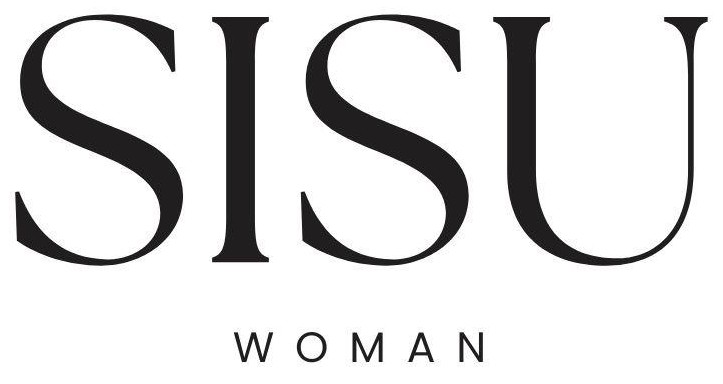And if your technical SEO is suffering, your on-page SEO efforts may all be in vain. Learn more about image SEO and video SEO with our in-depth guides. A medical article needs professional language, while a cooking blog can be more conversational.
Headings (aka header tags) are used to convey the hierarchy and structural outline of the content on a page to search engines and users. Poorly-optimized URLs or the lack of headings will make your pages harder to navigate for both internet users and crawlers. If there are a lot of images on your website, but they lack the alt attribute, search engines won’t know what they depict. Having internal links helps search engine crawlers find more related content to a page. This relevancy (using descriptive anchor texts) helps them better understand the general focus of your website. Instead improve search engine rankings by using topic clusters.
The free account allows you to crawl up to 100 pages, ensuring your site is optimized for search engines and users alike. Speed is becoming an increasingly significant SEO factor as search engines become mobile-first. Get a report detailing which assets may be optimized to increase the speed of your website by running a speed test on both mobile and desktop devices. Part of on-page SEO is ensuring your website is discoverable by search engines.
Internal link building
The link relevancy tool helps identify your most relevant links and uncovers the ones that might be holding you back. SEO Anomaly While your competition is focused on metrics, you’ll fly under the radar with more relevant links. With every core update, Google is shifting away from link-focused ranking to using deep-learning AI to ‘understand’ your content and the relevance of your pages. The aim was to push each platform to see how useful its basic tools were and also how easy it was to get to grips with any more advanced tools.
How to Fix Incorrect Breadcrumb URLs
This increases the chance that every page in your hub and spoke architecture will rank. It also allows you to target high-competition keywords that you wouldn’t have otherwise been able to rank for. Make sure that all of the external & internal links across your site are working and not leading to 404 pages. Use descriptive anchor text and ensure that the content surrounding the link is relevant to the page your linking to. Internal links make your site easier to crawl, help Google better understand the quality of your content and which pages belong in the same category.
To make the best of images as an on-page SEO component you should add descriptive alt-text, preferably containing your post keyword. Alt-text helps improve your website’s accessibility and can help visually impaired people benefit more from reading your content. Schema markup is important because it can significantly improve your visibility on SERPs. By providing search engines with additional information, you can help ensure that your content is displayed in a way that is most relevant to users.
📝 46. User Behaviour
You can either straight up copy these keywords into a spreadsheet. Most keywords are competitive for the simple reason that there are LOTS of sites trying to rank for them. I’ve talked about matching your content to search intent before.
- You can get a quick benchmark of how fast your site loads with Google’s PageSpeed Insights.
- In order to show your website in search engine results pages (SERPs), Google has to know what your page is about.
- Your web content should exist to answer searchers’ questions, to guide them through your site, and to help them understand your site’s purpose.
- Specifically, you want to link from high-authority web pages to pages that need more authority.
- The three primary components of on-page optimization include on-page SEO, off-page SEO, and technical SEO.
- As Google improves, it gets even better at understanding what users are searching for and how to meet their needs.
Better meta descriptions give searchers a better understanding of your page, leading to more click-throughs. However, when combined with other on-page elements (like the ones discussed here), title tags can help you provide context and demonstrate your site’s relevancy. HyperText Markup Language or HTML is the standard markup language used to structure your webpage and content. It tells the user’s browser where to display what on the page and it also tells search engines what your page is about. While off-page factors like backlinks and brand signals are critical, optimizing on-page elements lays the groundwork for maximizing search visibility. On-page SEO is fine-tuning various website components to help search engines crawl, understand, and rank pages for relevant queries.
We already know that a great user experience is the most important aspect of SEO. Using a logical URL structure will make your website easier to navigate, ultimately resulting in a great user experience. Meta descriptions are those small pieces of text that can be found below the title on the search engine results page. Creating good title tags will boost your on-page SEO efforts significantly, here are a few ways to create the perfect page titles.
You’ll want to optimize your visual content this way — and be sure to include your keyword in your image alt text. It’ll help with the page’s SEO as well as offer the potential to rank in image search (e.g. on a search engine image results page or image carousel). On-page SEO, or on-site SEO, is the process of optimizing various front-end and back-end components of your website so that it ranks in search engines and brings in new traffic. On-page SEO components include content elements, site architecture elements, and HTML elements. While the search results aren’t part of your site, the things you do to optimize your search appearance are.
